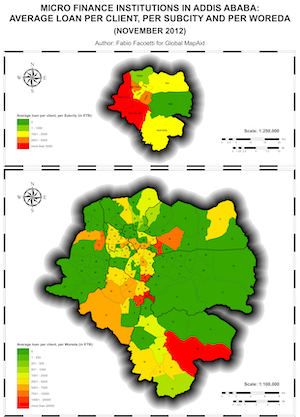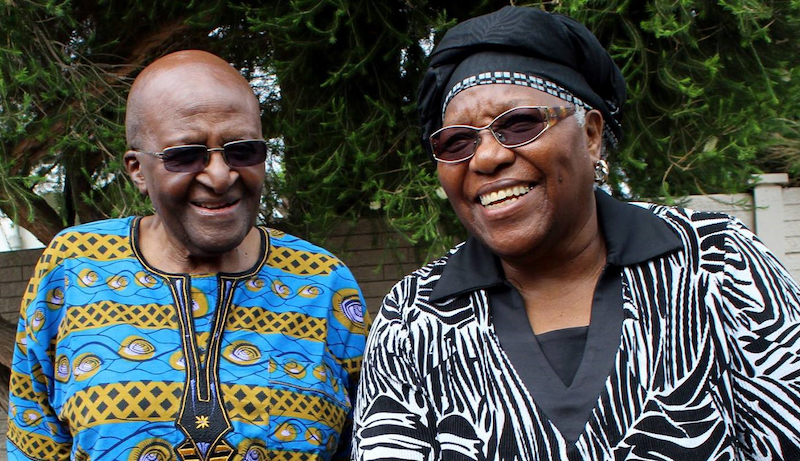How to defuse a bomb on a spaceship
The world is a spaceship travelling around the sun at 67,000 miles per hour, but in the spaceship the air is getting stuffy and the crew are growing in number. One contingent is youth who are ‘Not in Education Employment or Training’ (NEETs) and they feel hopeless and helpless as they are not allowed a fair share of the inflight refreshments and entertainment. Rupert Douglas-Bate of Global MapAid elaborates.
 Studies by the United Nations International Labour Organisation has concluded the two main determinants of social unrest are employment and economic growth. Image: vampy1/123rf
Studies by the United Nations International Labour Organisation has concluded the two main determinants of social unrest are employment and economic growth. Image: vampy1/123rf
These youths know about what’s happening in the first-class compartments – the people at the front have developed smartphones and many youths at the back have bought these phones. The NEETs, whose biggest thirst is for knowledge, are entranced. They also buy televisions, and after soaking up how life looks on other parts of the ship, they feel increasingly envious and wonder why they shouldn't have a proper slice of the cake.
Some groups are willing to exploit this envy, offering these NEETs the chance of a piece of the cake through violent means. And they have plenty of scope to search and choose from: there are over 620 million NEETs from almost every country on the spaceship.
This is not the whole story, of course: there are other choices such as migration, or approaches from other groups who want to lead NEETs through more civilised means, but these are stories for another time.
But here’s the thing, the small, violently radicalised older group may promote football, a fundamentalist religion, their skin colour, their tribal code, a flag or an intellectual position. They don’t care what brand they promote, it’s the ring of power they want to wear, and violence is not only the way to achieve it, but also the means to keep it. NEETs are often their ticketed fan club, at least to start with.
There is also another problem, which is that in some countries where leadership refuses to listen, the use of violence may be perceived as the only option. The sound of an explosion, then a test of wills, is a powerful way of getting through to deaf ears. This is particularly true of dictatorial regimes, or those that do not possess the necessary checks and balances to listen and then bring in effective change. On spaceship Earth, one man’s terrorist is easily another man’s freedom fighter.
Three people at Birmingham University Business School in the UK have come up with some ideas on the subject. Bandyopadhyay, Bannerjee and Pinto have studied 42 police force areas across the country, with a special focus on knife crime. Their results show that: “Past knife crime rates and unemployment are the most important factors explaining knife crime.” They suggest that improving employment opportunities will positively support a reduction in knife crime. Furthermore, any policy that reduces knife crime (meaning enshrining employment solutions into law) will have a long-term positive impact.
 Apprenticeship opportunity versus unemployment in Birmingham UK. Graphic courtesy of Global MapAid
Apprenticeship opportunity versus unemployment in Birmingham UK. Graphic courtesy of Global MapAid
Meanwhile, in another part of the spaceship – the United States – a pair named Phillips and Land have been busy finding out there is a real link between unemployment and crime rate fluctuations.
Studies by the United Nations International Labour Organisation has concluded the two main determinants of social unrest are employment and economic growth.
Even Pope Francis has joined in the chorus, calling for something to be done.
He says: “The most serious of the evils that afflict the world these days are youth unemployment and the loneliness of the old. The old need care and companionship; the young need work and hope, but have neither one nor the other, and the problem is they don’t even look for them anymore. They have been crushed by the present. You tell me: Can you live crushed under the weight of the present? Without a memory of the past and without the desire to look ahead to the future by building something, a future, a family? Can you go on like this? This, to me, is the most urgent problem that the Church is facing.”
What to do? The Dalai Lama presents us with a simple set of steps for any situation. First identify the problem. Second put it right. Third make sure it cannot come back. And fourth, meditate along the way.
If we examine the problem of youth violence and deconstruct it, perhaps it can be likened to a bomb, which is made up of three basic components. A detonator and an explosive both rely on a third component – oxygen. In this analogy, youth represents the explosive. High unemployment is the oxygen. And finally, a small group of violently radicalised older people is the detonator. Ask any (living) explosives expert how to disarm a bomb and they will explain that you must remove one of the three components. Is this repeatable on spaceship Earth?
History has offered various alternatives about how to deal with many unemployed, violently radicalised youth. To be explicit, most of the fighting is perpetrated by male youth. And bear in mind, after a longish war, there are several things that we don't know about male youth that may be ‘switched on’. These include genes for fighting, probably the hidden long-term effects of post-traumatic stress disorder.
This blog takes investigates ways a humanitarian liberal democracy may usefully respond to the question: How do we defuse this ticking time bomb?
While some confident security apparatus may be inclined to remove the fuse by taking down small violently radicalised group of older people, there is another obvious question, that of scale. We have 620 million NEET youth, from which may easily grow older violently radicalised leaders. What then?
 The third component – solving employment – may be achievable at some level. One example is provided by Professor Muhammed Yunnis from Bangladesh, who has transformed the lives of millions through micro-loans for small business start-ups through the Grameen Bank. The bank, which fulfils the Pope Francis and the Dalai Lama’s essential ideas with fair rates of interest and proper engagement with people, has gone from strength to strength and, as of 2017, had about 2,600 branches and nine million borrowers, with a repayment rate of 99.6 per cent. While it is true that 97 cent of the borrowers are women, the focus is also on children and future generations who are employed and happy.
The third component – solving employment – may be achievable at some level. One example is provided by Professor Muhammed Yunnis from Bangladesh, who has transformed the lives of millions through micro-loans for small business start-ups through the Grameen Bank. The bank, which fulfils the Pope Francis and the Dalai Lama’s essential ideas with fair rates of interest and proper engagement with people, has gone from strength to strength and, as of 2017, had about 2,600 branches and nine million borrowers, with a repayment rate of 99.6 per cent. While it is true that 97 cent of the borrowers are women, the focus is also on children and future generations who are employed and happy.
The image to the left shows Micro Finance Client per 1,000 inhabitants, per sub-city and per woreda, across Addis Ababa, Ethiopia.
Yet microfinance can be exploited. Remember our small group of violently radicalised leaders? They have distorted the microfinance model by piling on unfair rates of interest and loans for anything, with no focus on the small business and employment consequences. Sadly, this has already happened in South Africa, which can barely afford such a catastrophe with 55 per cent youth unemployment.
This is where Global MapAid comes in, our goal being to support transparency to show where and at what level solutions like microfinance and vocational education are needed. We make maps that show where the aid can fill the gaps, especially aid that will directly support youth employment.
We show policymakers and foundations where they can put their money to best effect, we show job development agencies where to collaborate, show the unemployed where they may go for help, and show taxpayers and voters what is happening. In so doing, we are enabling a more informed society, by increasing the feedback loops and resilience vital to build the economy upwards from the bottom of the pyramid. This builds hope, and therefore peace.
 Desmond Tutu, Patron of Global MapAid, with Leah his wife. Photo courtesy of Global MapAid
Desmond Tutu, Patron of Global MapAid, with Leah his wife. Photo courtesy of Global MapAid
We would like to share our skills gained in places such as Afghanistan, to Lambeth in London or in Cape Town in South Africa. We can help to help build peace in beautiful but fragile places, using science and art to help defuse the bomb on our spaceship.
But we cannot do this in isolation. If we plan to win peace, we must collaborate effectively as partners, and surely that’s the point.